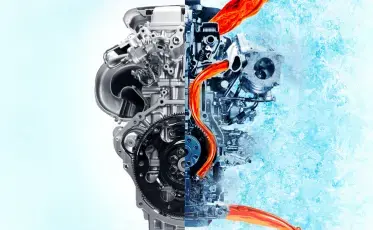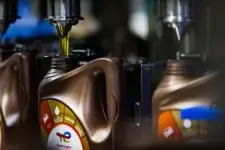Engine oil
The primary functions of engine oil are engine lubrication and cooling. In case of oil deficiency in the engine, there is a risk of damage. Therefore, if you notice a red warning light on the dashboard indicating low oil pressure, stop the car as soon as possible, following traffic safety rules. Considering the importance of engine oil for the engine’s operation, it is crucial to pay special attention to choosing the appropriate type of oil and its regular replacement, consulting the user manual for your car. This way, you enable the engine to reach its projected lifespan. Otherwise, damage to the engine components and expensive repairs may occur.

Transmission oil
Transmission oil is intended for lubricating and protecting the gearbox assembly, thereby extending its lifespan. For manual transmissions, there is usually no need to change the oil, as most manufacturers have transitioned to a “lifetime fill” system. However, according to the manufacturer’s recommendation (usually during the car check), it’s essential to check the fluid level and top it up if necessary. Automatic transmissions use ATF (Automatic Transmission Fluid). This fluid should be changed according to the car manufacturer’s recommendation, typically at 60.000 or 120.000 kilometers. We advise always following the replacement interval recommended by the manufacturer.
Coolant
The primary function of coolant is to keep the engine cool, maintain its operating temperature, prevent freezing damage in winter, and protect the engine from corrosion. Use coolant according to the manufacturer’s instructions, and don’t forget to regularly check the fluid level. It’s a straightforward procedure described in every car manual. Coolant is available as a ready-to-use, factory-diluted mixture or as a concentrate that you mix with distilled or demineralized water. Unlike tap water, which can cause scale buildup, using distilled water helps prevent this issue. You can find information on the recommended coolant-to-water ratio for specific climate regions on the coolant bottle.
Brake Fluid
The braking system is one of the most important safety factors in a vehicle. Therefore, it’s essential to monitor the brake fluid level and replace it regularly according to the manufacturer’s recommendation, typically every 2 or 3 years. Modern brake fluids comply with DOT 3, DOT 4, and DOT 5.1 standards. If topping up is needed, it’s recommended to use the same DOT standard specified in the manufacturer’s instructions. Otherwise, you may alter the boiling point, which could lead to brake failure in a critical situation.

Power steering oil
ATF (usually DEXRON II) is usually used, but also special high-viscosity hydraulic oils. Power steering oil is usually requires reffiling rather than changing, provided that the system has a container with which it is easy to determine the oil level. Sometimes this is not the case, and the oil level is then checked at a professional service. Follow the manufacturer’s advice for checking in accordance with the car’s instructions. If the car manual specifies that power steering fluid should be replaced during major service, then proceed accordingly.

TotalEnergies Service Network

Contact us

What if your engine overheats?
